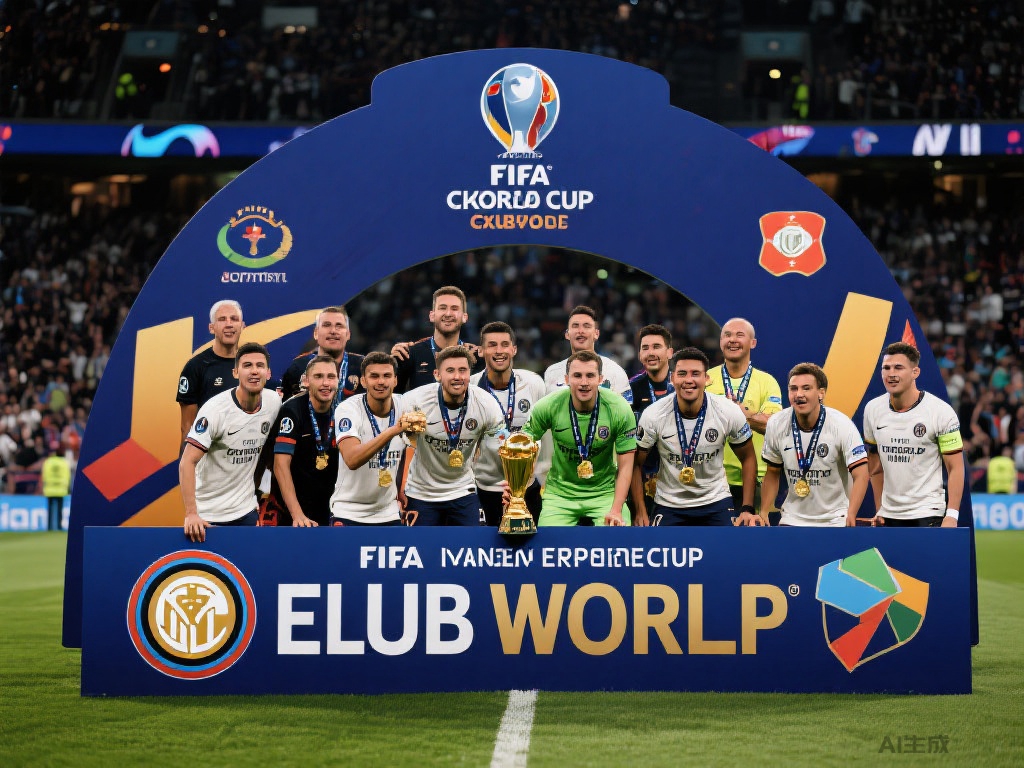International FIFA: 2025 Club World Cup Report in English
Dive into the exciting world of global football as we explore the groundbreaking developments surrounding the 2025 Club World Cup! This revamped tournament, organized by FIFA, promises to redefine club football with an expanded format and unparalleled competition. In this article, we unpack the key highlights, innovative changes, and what fans can expect from this historic event.
What Makes the 2025 Club World Cup Unique
The 2025 edition of the FIFA Club World Cup is set to be a game-changer. Unlike its predecessors, this tournament will feature an expanded roster of 32 teams from across the globe, ensuring a truly international spectacle. FIFA aims to elevate the competition by including top clubs from every confederation, creating a platform where giants like Real Madrid and emerging powerhouses from Asia or Africa can clash. This inclusivity not only boosts the tournament’s appeal but also aligns with FIFA’s mission to grow football worldwide.
One of the standout features is the scheduling. Set to take place in the summer of 2025, reportedly in the United States, the event will span several weeks, giving fans a festival-like experience. The decision to host it during this period ensures maximum visibility, avoiding clashes with major domestic leagues.
Innovations and Format Changes
FIFA has introduced several innovations to make the 2025 Club World Cup more engaging. The new format divides the 32 teams into eight groups of four, with the top two from each group advancing to the knockout stages. This structure mirrors the excitement of the FIFA World Cup, building anticipation through every match. Additionally, the introduction of advanced technology, such as semi-automated offside systems, underscores FIFA’s commitment to fair play and precision.
Another noteworthy change is the focus on sustainability. FIFA has pledged to minimize the environmental impact of the tournament by prioritizing eco-friendly stadiums and reducing carbon footprints. This initiative reflects a broader trend in sports to align with global sustainability goals.
Why Fans and Clubs Are Excited
The expanded Club World Cup isn’t just a win for FIFA; it’s a massive opportunity for clubs and fans alike. For clubs, participating in this prestigious event offers a chance to gain international recognition and lucrative financial rewards. For instance, smaller clubs from less prominent leagues could see a significant boost in their global fanbase—a transformative moment for their brand.

Fans, on the other hand, are thrilled at the prospect of witnessing dream matchups. Imagine a scenario where a South American champion like Flamengo faces off against a European titan like Manchester City. Such encounters, previously rare, are now within reach, fueling excitement across social media platforms. A quick look at fan reactions online shows hashtags related to the 2025 Club World Cup already trending, with supporters speculating on potential winners and iconic moments.
A Case Study: Impact on Emerging Markets
To understand the potential ripple effects of this tournament, let’s consider a hypothetical case involving an African club. Take a team like Al Ahly from Egypt, which has a storied history in continental competitions. Qualifying for the 2025 Club World Cup could provide them with exposure to a global audience, attracting sponsorships and talent from beyond their region. This opportunity could catalyze growth in African football infrastructure, proving FIFA’s expanded format can be a catalyst for development in emerging markets. The knock-on effect of such participation might even inspire young talents to pursue football professionally, knowing their local clubs can compete on the world stage.
Challenges and Expectations
While the anticipation is high, the 2025 Club World Cup isn’t without challenges. Scheduling conflicts with domestic leagues remain a concern for some stakeholders, as players might face fatigue from an already packed calendar. FIFA has promised to address these issues through dialogue with clubs and associations, ensuring player welfare remains a priority.
Moreover, the success of the tournament will hinge on fan engagement. FIFA is reportedly planning extensive marketing campaigns and interactive digital content to keep the buzz alive. Whether it’s through virtual reality experiences or behind-the-scenes access, the goal is to make every supporter feel part of the action, regardless of their location.
As the 2025 Club World Cup approaches, the football community waits with bated breath for what could be a defining moment in the sport’s history. From innovative formats to global representation, this event is poised to leave an indelible mark on club football.

